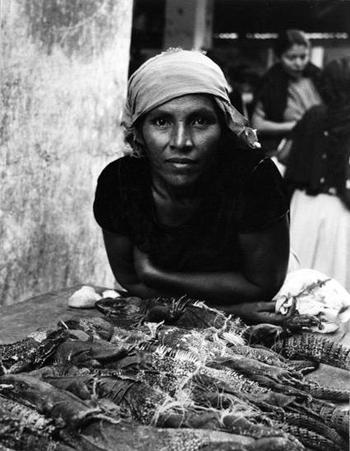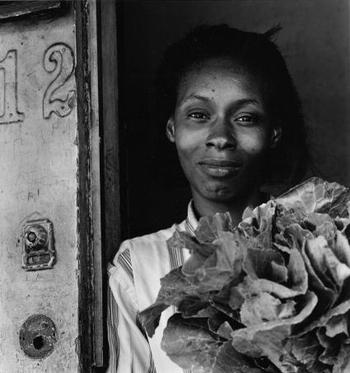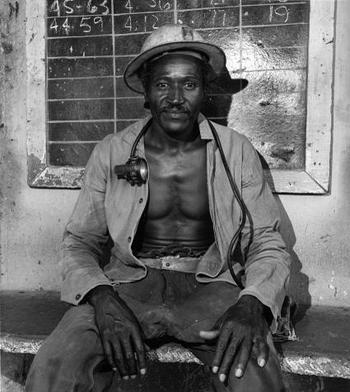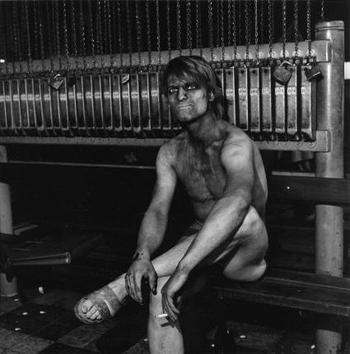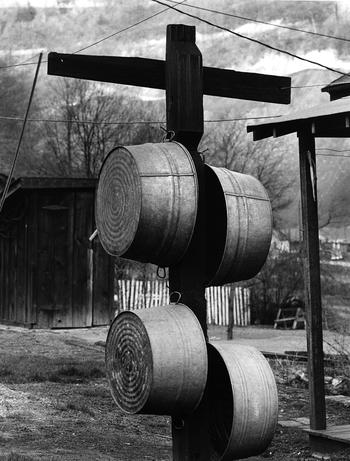Milton Rogovin, known for his striking black-and-white portraits documenting social inequity in New York City, died of natural causes on Tuesday. He was 101.
Rogovin started his career as an optometrist in Buffalo, but at age 45, after his reputation was besmirched by the House Committee on Un-American Activities, he began shooting photos.
Rogovin said he never posed his subjects and always asked them permission before snapping photographs. He told WNYC's Leonard Lopate in 2003 that he wasn’t interested in what he called “casual photographs,” just “social documenting.” (Full audio of that interview top of page.)
“My photographs are rather straightforward. I don't try any monkey business -- don't tell them where to sit, what to do. The only thing I do ask them is that they should look at the camera," he wrote in his book “The Forgotten Ones.”
Rogovin graduated from Columbia University with a degree in optometry in 1931. Following his hearing at HUAC, in which, according to the Library of Congress, he pleaded the Fifth Amendment, The Buffalo Evening News called him “Buffalo’s Top Red.” He said patients were hesitant to return after that, and he felt his voice had been silenced.
Rogovin shot his portraits with a large format Hasselblad camera, but after several strangers harassed him about how much it cost, he downgraded to a cheaper Rolleiflex camera.
His work has been compared to the Farm Security Administration photographers like Walker Evans, Dorothea Lange and Gordon Parks. Rogovin said he was friends with Paul Strand and was inspired by Francisco Goya and Honoré Daumier. He won the W. Eugene Smith Award for Documentary Photography in 1983 and used the money to travel around the world and continue shooting his "Family of Miners" series.
As far his method when it came to work, Rogovin said he also made sure to return to his subjects and give them their photos.
“He wanted his photographs to be seen and enjoyed in the communities that he photographed,” his son, Mark wrote in an e-mail.
Rogovin also had two daughters, Ellen and Paula. His wife and photography collaborator, Anne died of cancer in 2003.

